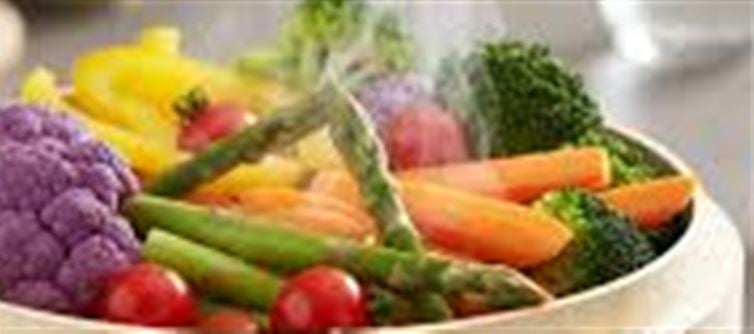
Overview
Choosing between steaming and boiling vegetables might seem like a minor kitchen decision, but it has major implications for nutrition, flavor, and texture.
Cooking vegetables affects their vitamin content, antioxidant levels, and taste, so understanding the difference can help you make healthier choices for everyday meals.
1. Steaming Vegetables
How It Works
· Vegetables are placed above boiling water and cooked using steam, without direct contact with water.
· Can be done using a steamer basket, idli plate, or microwave steamer.
Benefits
1. Retains Nutrients: Steaming preserves water-soluble vitamins like vitamin C, folate, and B vitamins.
2. Maintains Color & Texture: Vegetables stay vibrant, slightly crisp, and visually appealing.
3. Low Fat Cooking: No need for oil unless desired, making it ideal for weight-conscious diets.
4. Enhances Flavor: Subtle flavors are preserved, making vegetables more appetizing.
Best For
· Leafy greens like spinach, kale, and fenugreek.
· Broccoli, cauliflower, beans, and carrots.
· Delicate vegetables that cook quickly.
2. Boiling Vegetables
How It Works
· Vegetables are fully submerged in boiling water until tender.
· Often used for soups, curries, or when vegetables need to be very soft.
Benefits
1. Softens Fibrous Vegetables: Ideal for tough vegetables like beetroot, pumpkin, or bottle gourd.
2. Convenient for Soups & Stocks: Nutrients leach into water, which can be consumed as part of the dish.
3. Reduces Some Anti-Nutrients: Helps reduce compounds like oxalates in spinach.
Limitations
· Nutrient Loss: Water-soluble vitamins leach into cooking water and can be lost if water isn’t consumed.
· Flavor Loss: Some natural flavors may escape into the water.
· Texture: Over-boiled vegetables can become mushy.
Nutrient Comparison
Nutrient
Steaming
Boiling
Vitamin C
High retention
50–60% lost if water discarded
Folate
High
Reduced
Antioxidants
Better preserved
May decrease
Minerals
Mostly retained
Some leach into water
Tips for Healthier Cooking
1. Use minimal water when boiling or consume the cooking water in soups or gravies.
2. Do not overcook: Lightly tender is best for both steaming and boiling.
3. Cut vegetables uniformly to ensure even cooking.
4. Add flavor without fat: Use herbs, spices, lemon juice, or a dash of olive oil post-cooking.
5. Combine methods: Steam delicate veggies, then lightly sauté for flavor.
Conclusion
· Steaming is generally healthier for most vegetables because it preserves nutrients, color, and flavor.
· Boiling is useful for soups, tough vegetables, or recipes where soft texture is desired, but nutrient loss is higher if water is discarded.
· For everyday cooking, steaming vegetables as much as possible, or boiling them and consuming the water in soups or curries, strikes a balance between nutrition and taste.
Disclaimer:
The views and opinions expressed in this article are those of the author and do not necessarily reflect the official policy or position of any agency, organization, employer, or company. All information provided is for general informational purposes only. While every effort has been made to ensure accuracy, we make no representations or warranties of any kind, express or implied, about the completeness, reliability, or suitability of the information contained herein. Readers are advised to verify facts and seek professional advice where necessary. Any reliance placed on such information is strictly at the reader’s own risk..jpg)




 click and follow Indiaherald WhatsApp channel
click and follow Indiaherald WhatsApp channel